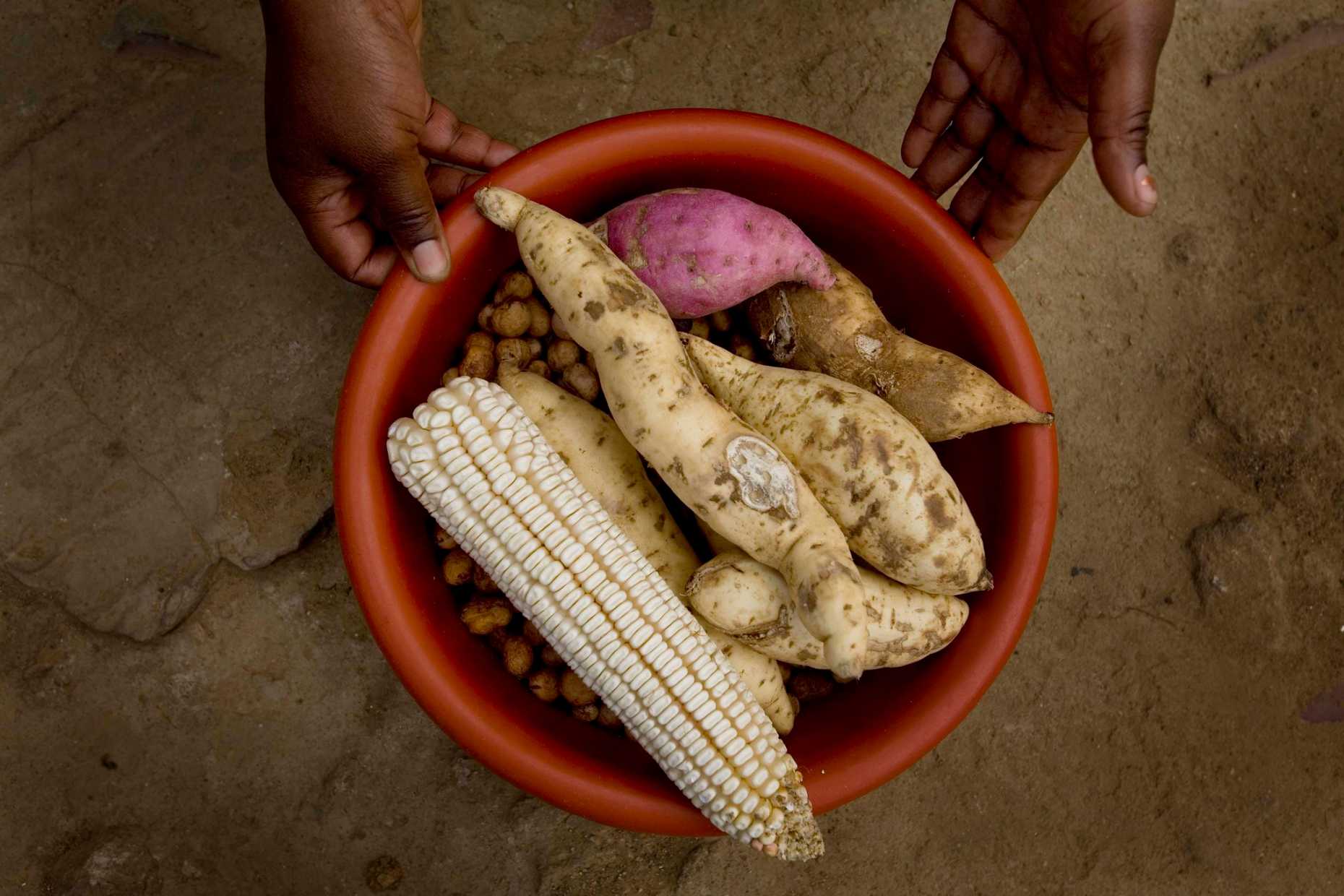Mapping children's nutritional status in South Asia and sub-Saharan Africa
In Economics and Human Biology, Kenneth Harttgen and Johannes Seiler present findings from an analysis of child undernutrition using household data from 38 countries in sub-Saharan Africa and South Asia.

In collaboration with the University of Innsbruck and the University of Göttingen, Kenneth Harttgen and Johannes Seiler analyzed the nutritional status for more than one million children between 1990 and 2016 in 38 countries in South Asia and sub-Saharan Africa, the two regions with the highest rates of child undernutrition. The authors combine individual, household, geophysical and environmental characteristics to study the drivers of child undernutrition and analyze trends over time.
The study shows that both regions are making progress towards the Sustainable Development Goals (SDGs). Hotspots of particular high levels of undernutrition are found in some countries such as India, Nigeria, Niger and Madagascar, emphasising the need to accelerate efforts to reach the SDGs. Furthermore, results indicate that the education of the mother and household wealth are particularly important factors to explain children’s low nutritional status.